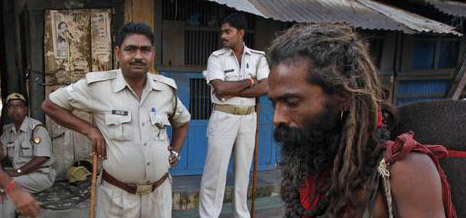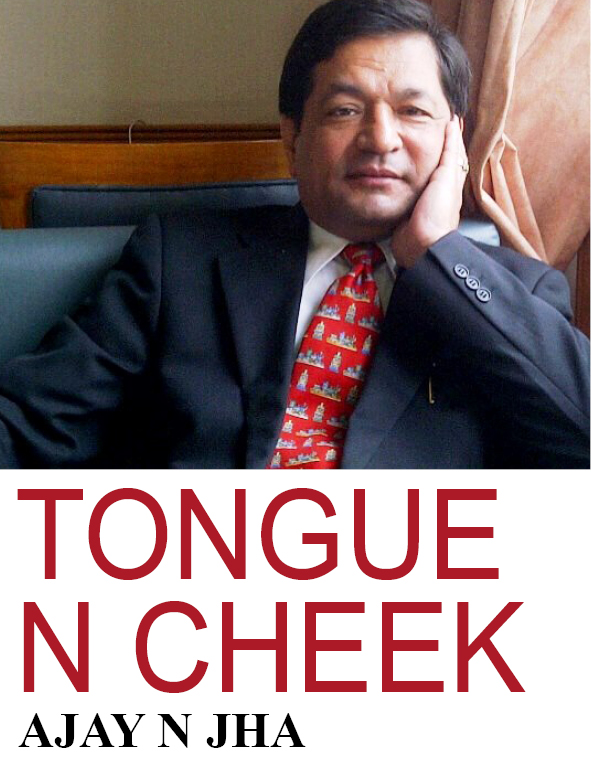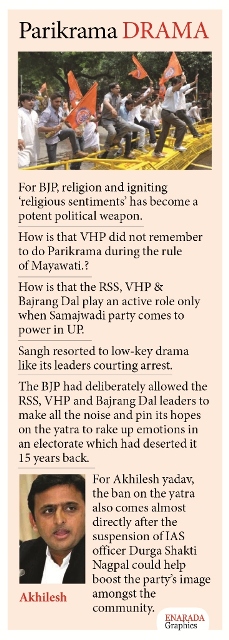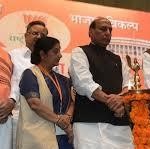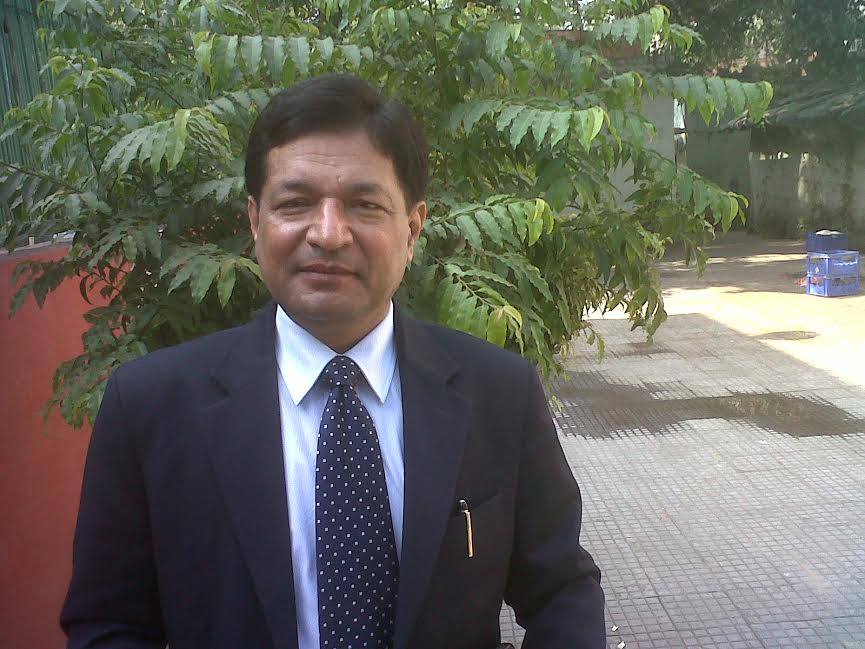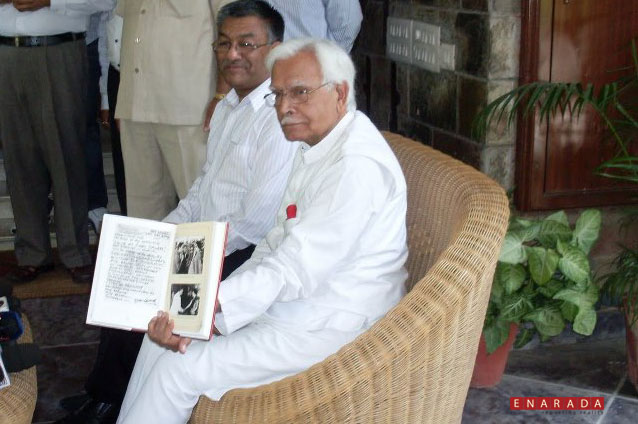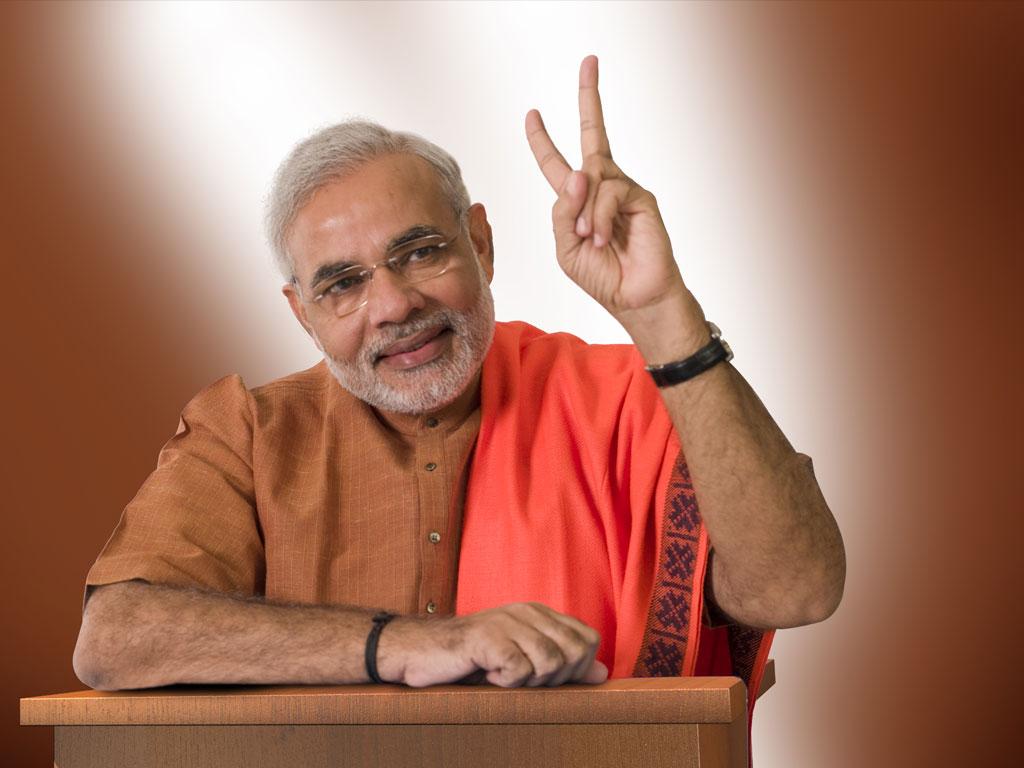ENARADA, New Delhi
@ Ajay N Jha
Goswami Tulsi Das in his magnum opus “Ramayan” had made ‘Ayodhya kaand’ as the best part of that treatise. Ayodhya beacame synomymous with maryada purushottam ‘Lord Ram’. Unfortunately, the same historical place has become the symbol of a fierce political battle once again in the name of ‘Chowrasi kos parikrama’ and that too after a gap of 23 years and in Bhadrapada. For BJP, religion and igniting ‘religious sentiments’ has become a potent political weapon.
Political pundits are still wondering as to how VHP (which is known as the B team of BJP) did not think of doing this parikrama all these years.?
How is that the VHP and these so called “Sants and Mahants” who follow the Hindu calender so assiduously and used to undertake this Parikrama in the month of “Chaitra”( April), forgot all those dates in the calender and decided to do this now?
How is that they did not remember to do this Parikrama during the rule of Mayawati.?
How is that the RSS, VHP & Bajrang Dal play an active role only when Samajwadi party comes to power in UP. They had started this in 1990 when Mulyam Singh yadav was the Chief Minister and now when his so Akhilesh yadav is at the helm?
The run of last to the event during the last 20 days clearly smack of some kind of ‘Noora Kushti’ between both the BJP and SP for respective political gains. BJP wants to rake this up as a part of its strategy to divide the nation on communal lines in the run up to 2014 Lok Sabha polls while SP wants to retain its sheen as the “ Maulana Mulayam party”. The hard posturing from both sides went to the culmination point and the Up government trying everything to ensure that the yatra did not take off was a ‘cool strategy’ to give equally political mileage to both.
Already, the SP president is under attack, mainly from his trusted aide and Urban Development Minister Mohammad Azam Khan, for meeting a VHP delegation led by Ashok Singhal in Lucknow on last week. Singhal asked Mr. Mulayam Singh to mediate with Muslims in order to facilitate construction of the Ram temple at Ayodhya. The SP chief later assured a delegation of the All-India Muslim Personal Law Board that the status quo ante would be maintained at Ayodhya. Azam Khan took this opportunity to caution that the meeting had reopened old wounds as the Muslims were still coming to terms with the demolition.
It was then that the UP government took a U-turn by deciding to imposing a ban on this yatra citing the May 9, 2011 Allahabad High Court order asking the State government to stop any activity in the disputed area and the Supreme Court’s directive on maintaining status quo.
The only difference is that while in 1990, Mulayam singh had used brute force to disperse them, Akhilesh yadav has cleverly managed to ensure that people fail to gather at one place and hence kick-start the parikarama. The abundant deployment of security personnel all over Ayodha made sure that most people didn’t venture out and the ones who did, in small numbers, were easily pushed back. Also, there seemed to be a general unwillingness on the VHP’s part to fight the government hence no major showdown occurred. Also, beyond paying lip service to intermittent protests, the VHP and Sangh Parivar leaders probably didn’t mind being stopped before their ambitious yatra could take off. But the UP government’s move to ban the yatra in itself gave them enough fodder to further its political course in future. What is probably the most interesting part of the fracas is the fact that the VHP and the SP stand to gain from it, almost equally.
The leadership of the ruling Samajwadi Party and the Sangh Parivar knew well that a serious confrontation might lead to social and political consequences that might become difficult to bring under control. So the Sangh resorted to low-key drama like its leaders courting arrest. Pravin Togadia and Ramvilas Vedanti were put on house arrest and Ashok Singhal was sent back to Delhi from Lucknow airport.
The BJP had deliberately allowed the RSS, VHP and Bajrang Dal leaders to make all the noise and pin its hopes on the yatra to rake up emotions in an electorate which had deserted it 15 years back. The party knows that the Ram Mandir issue cannot be revived in a way it could benefit the BJP greatly. So, it is happy to settle for just a mild churning of emotions through hype and hoopla created by a few ‘paid news’ channels. It wants to keep the issue simmering at least for a few months in the hope that it would accelerate in the coming months.
In this context the Statement of Amit Shah last month could be noted. Shah had said that the Ram Mandir issue would be revived and this ‘84 Kosi yatra drama’ was a part of that. The BJP in Uttar Pradesh since 1996 has been on the downward slide .From the high of 58 seats in 1996 and 1998, the BJP touched a low of 10 seats in UP in 2009, Lok Sabha elections. The party’s political misfortune in the state has coerced it to maintain a public distance from the VHP sponsored programme, as it cannot afford to lose anymore voter of any social group. But the RSS wants to take a go at it once again.
On the other hand, the samajwadi party, has always gained from such opposition by strengthening is connect with UP’s sizable Muslim population. By using mild and lawful techniques well within the definitions of democracy, the UP government has also managed to soften the blow on its Hindu voters. In fact, by resisting the yatra as peacefully possible, the SP has sent out a message to the Hindus in the state that the party’s actions are only in favour of communal harmony in the state, not against any religious community. If this gamble pays off, SP could be the most sought after party in the 2014 general elections with UP accounting for one-seventh of the Lok Sabha seats.
On the other hand, the poll prospects of Congress seem to be suffering the most in this see-saw battle. The Congress party still needs the support of Mulayam Singh on the Food Security bill and that is why the Congress party leaders have not been taking a tough line on this. It could been seen in the light of the fact that apart from Digvijaya Singh’s weak suggestion that it is a case of political match fixing, there was no concrete reaction from the Congress.
Accoding to a few political analysts, most crucial part of this Parikrama drama is its route. Though conventionally laid out, the politics around it directly affects three players – the Congress, the Samajwadi Party and the BJP. A major shift in the voting pattern in the six districts that fall on the rally’s route – Faizabad, Basti, Barabanki, Gonda, Bahraich and Ambedkar Nagar through which the Chaurasi Kos Parikrama is supposed to pass – had made for the surprise upswing in the Congress’ fortunes in 2009 Lok Sabha polls.
The Congress party had surprised many political pundits by securing 22 seats in 2009 parliamentary elections and this was due to the shift of substantive numbers of traditional BJP votes to Congress. Also, several Muslim voters were disenchanted by Mulayam Singh‘s refusal to cold shoulder Kalyan Singh kalvi, a know Hindutva hardliner whose role in the demolition of the Babri Masjid is still extensively debated in the political circles across the country.
Hence the, move of Mulayam singh and Chief Minister Akhilesh yadav is a brilliant political action to polarize the Muslim votes in their favour or not to let members of Muslim community think of the Congress as an alternate when Gujarat Chief minister Narendra Modi is BJP’s undeclared prime ministerial candidate. That’s is how the VHP decided to resurrect the Ayodhya Ram temple campaign. Its proposed ‘chaurasi kosi parikrama’ between 25 August and 13 September would have seers and saints traversing six districts of Uttar Pradesh to garner support for the temple.
The logic behind stoking this fire is that the BJP needs a significant chunk of the 80 Lok Sabha seats in UP to get respectable numbers in the 2014 elections. In over a decade, the party’s vote share has come down from a robust 36 percent to an anaemic 17.5 percent. Without at least 40 seats in its kitty from the state, the party will find it extremely difficult to win around 190 seats across the country and perhaps it is expecting that this is approximately the number that would allow it to find allies to stake claim to form the government at the Centre.
The BJP which has already been pushed to the margins along with the Congress by the intense caste politics of the state, has nothing spectacular to offer to the electorate to gain a massive jump of 30 seats. The growth and good governance talk has appeal only in a limited section of the electorate. The BJP supporters have also started feeling that Narendra Modi has already started becoming repetitive and almost peaked before time and even his presence in Uttar Pradesh is not likely to make huge difference to the party’s prospects. The only way it can have a massive jump in seats is by polarizing votes along communal lines. And, This is where the Sangh Parivar comes into the picture with it’s “parikrama Plan”.
According to a political commentator “If it manages to generate sufficient heat, with a riot or two fitting in somewhere, the party stands to gain. In Uttar Pradesh, as conventional wisdom goes, two parties benefit when there’s a communal polarization: the BJP and the Samajwadi Party. The former will be happy so long as the Congress loses some of its 22 seats it had won in 2009.”
Since the SP government in UP is perceived to be pro-Muslim, the BJP sees merit in its two-pronged strategy. While on paper it looks perfect, the problem is whether the electorate would be as passionate as was earlier on the Ram temple issue because most of them do not even wish to remember what happened in 1992 and they are more concerned about their present and the future.
For Akhilesh yadav, on the other hand, the ban on the yatra also comes almost directly after the suspension of IAS officer Durga Shakti Nagpal could help boost the party’s image amongst the community. The Samajwadi Party maintained throughout, that it had acted to suspend Nagpal because her decision to tear down an under construction mosque wall could antagonize the Muslim community and possibly lead to riots. There have been a number of communal riots in the state since Akhilesh yadav took over governance of the state. So, this ban would also be seen as the saviour of a community that contributes 18 percent of the votes in the state is one that won’t do it any harm given Mulayam Singh’s national dreams.
However, it remains to be seen how would the VHP, RSS and Bajran Dal protest and the Up government’s reprisal take shape in the coming days because that is likely to set the agenda for the 2014 Lok Sabha polls in a significant way.
(Posted on August 25, 2013 @ 11.20pm)
(Ajay N Jha is a veteran journalist from both Print and Electronic media. He is the President and CEO of WICS Global Communications. His email id is Ajay N Jha <ajayjha30@gmail.com> )
The views expressed on the website are those of the Columnists/ Authors/Journalists / Correspondents and do not necessarily reflect the views of ENARADA.

